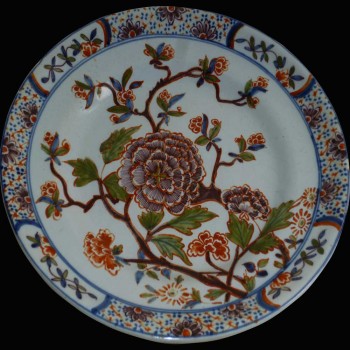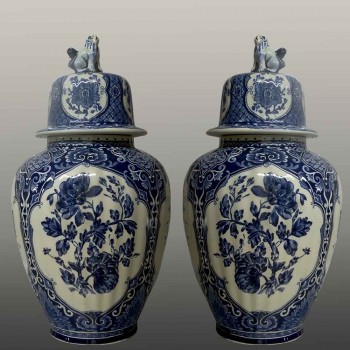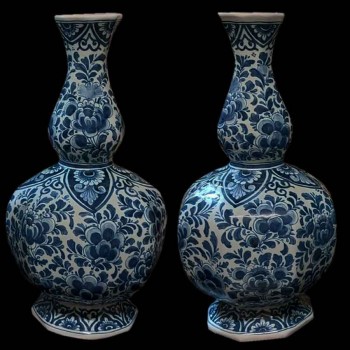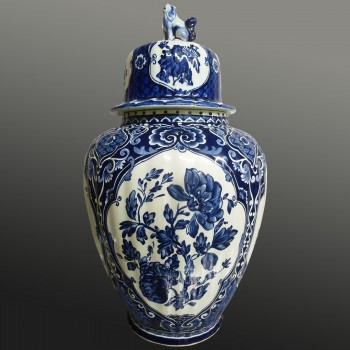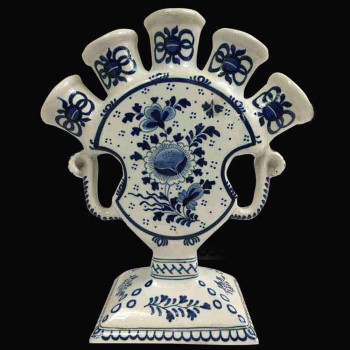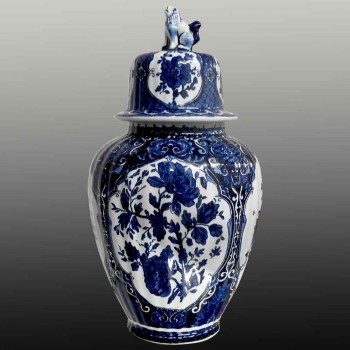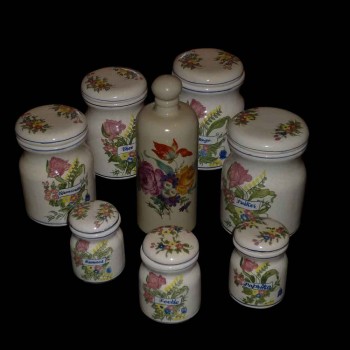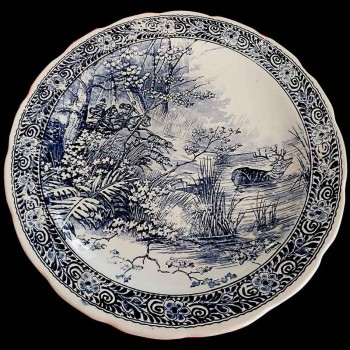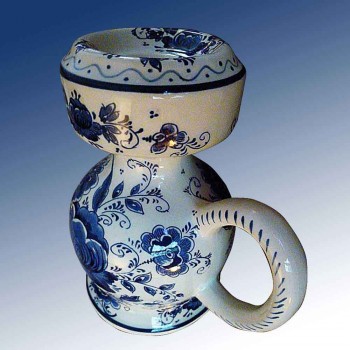- Katalog
-
Überschriften
- Kristall
- Ceramics and porcelain
- Bronze
- our favorites
- jewelry
- Furniture
- Paintings
- asian art
- Table art
- porcelain light fixture
- mirror
- Decoration objects
- Objects of curiosity
- objets de vitrine
- Bohemian crystal
- Sculpture
- Engraving
- Copper
- Orientalist
- tin
- decoration
- silverware and silverware
- Vintage
- religious object
- Tapestry
- Collection object
- Military object
- French crystal
- Carrara-Marmor
- Hohe Periode
- Sammler
- Prestigeobjekte

